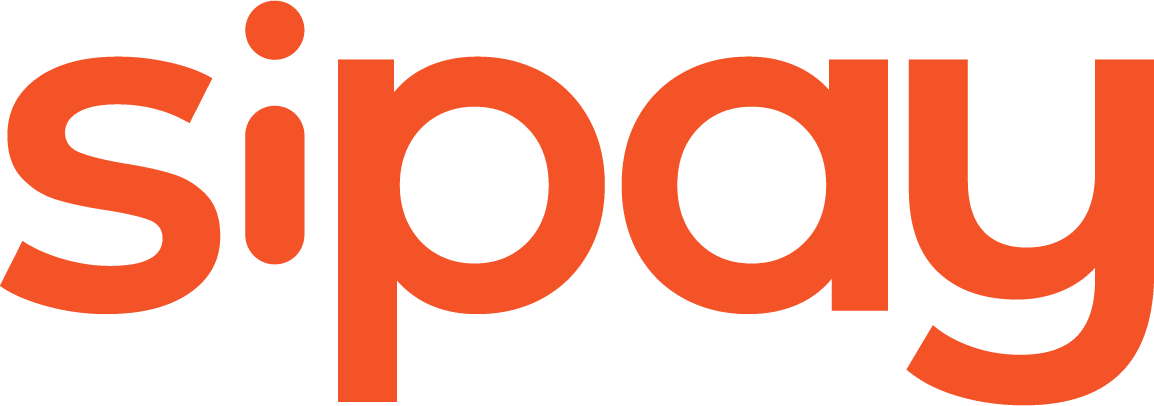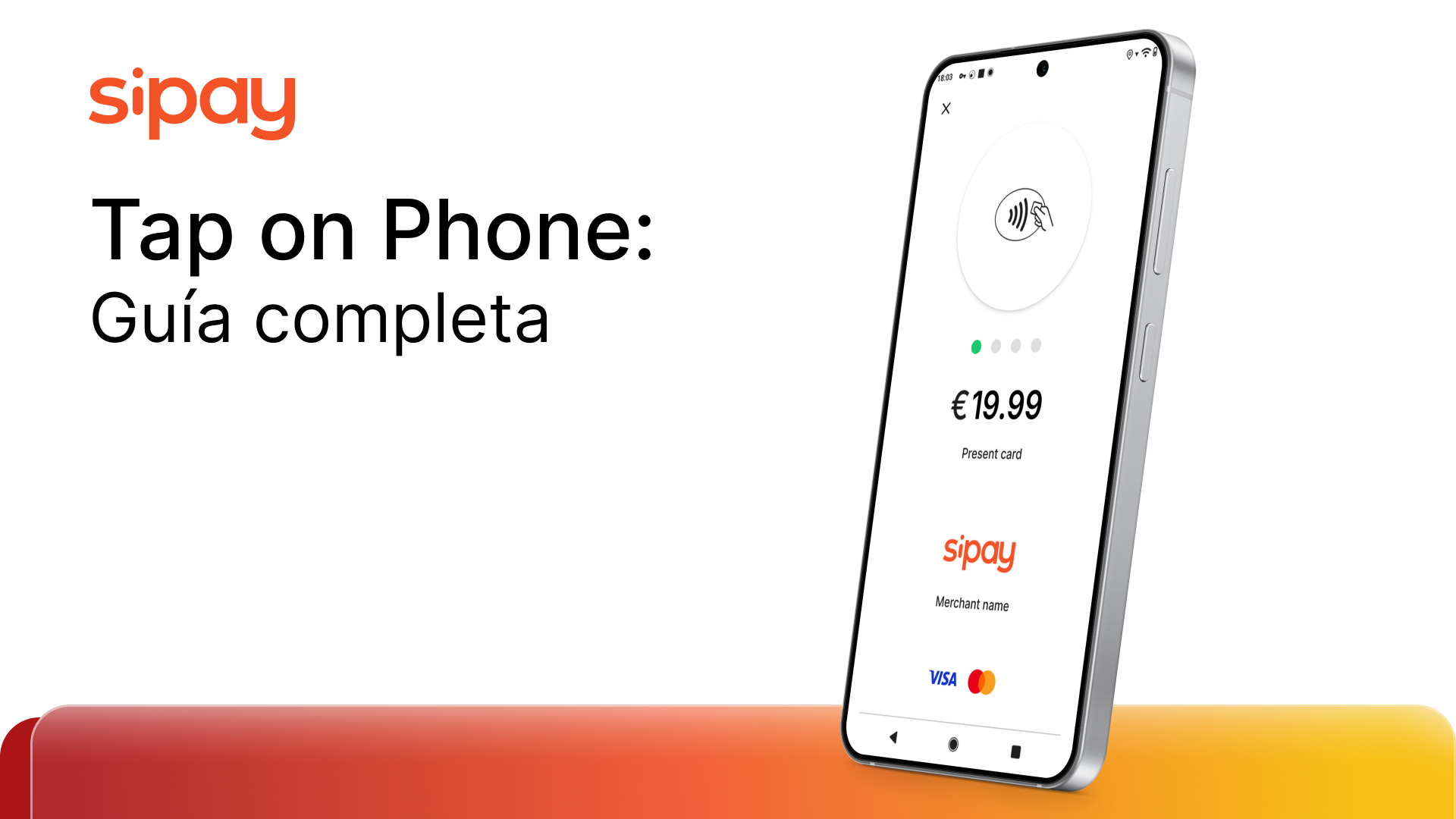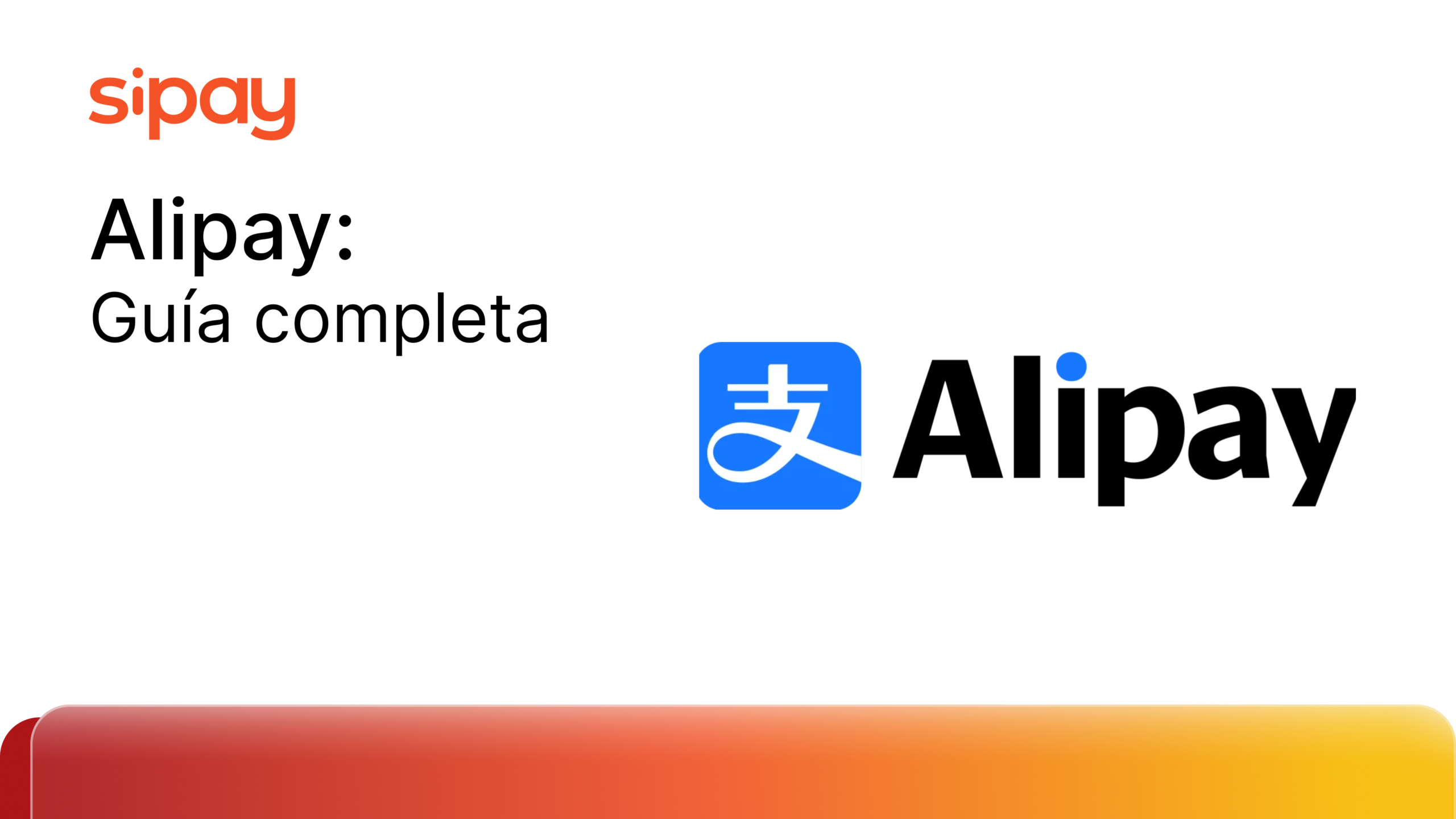The payment methods sector is constantly evolving and therefore, it is important to know what the payment trends will be, which will undoubtedly play a key role in this new scenario caused by the pandemic characterized by the increased use of digital means of payment.
The way we pay has undergone major changes in recent years, not only because of the health crisis, but also due to the advance of digitalization and new technologies.
Businesses have seen the need to adapt to these changes at an accelerated pace as consumers demand a fast, seamless, and contactless shopping experience. User experience plays a key role in all of this, and retailers must be able to adapt the payment options available to the new post-pandemic consumer, increasing their commitment to technology to keep pace with the circumstances and user needs.
The following, are some of the main payment trends that will shape the payments ecosystem in 2021:
QR code payments
More than 90% of cell phone users in Spain acknowledge having scanned a QR code at some point. QR codes have become one of the main payments trends this year, not only because of the convenience of use for the end user, since he only needs to have his own cell phone to scan the QR code of the establishment where he wants to make the payment, but also because of its easy and quick implementation for the merchant.
Contactless payments
Since the beginning of the pandemic, contactless payments have experienced a high growth in use. This payment method allows the customer to make a purchase through systems that do not require physical contact, which facilitates the maintenance of prevention and hygiene measures to avoid contagion.
Cards, cell phones or wearables that use this type of technology are frequently used by the user, providing greater agility and speed at the time of payment. It is simply necessary to bring the device close to the payment terminal of the store and in a matter of seconds the payment is made.
Numberless cards and tokenization
Cards as we know them today have undergone significant changes that need to be commented on, as they represent an important evolution for the payment methods sector.
Some banks have taken advantage of this new post-pandemic scenario characterized by an increase in the use of digital payments, to invest in technology and launch a new type of more secure cards, which do not reflect user data, helping to reduce fraud in the event of card theft.
This type of cards are those that do not have any number, expiration date or CVV printed on their surface. In this way, it is intended that the card owner is the only one who can consult all these compromised data by accessing the web or the bank’s app every time they need them.
With respect to the tokenization of payments, this is a very powerful functionality that allows the card data to be converted into an alphanumeric code (unique token) linked to that card with the objective of storing the data securely for future use, thus facilitating recurring purchases.
Users are the main beneficiaries of this type of solution, as they avoid re-entering their card details, saving their preferred payment method, and speeding up the purchase process in general.
Biometric payment systems
Two out of three consumers prefer contactless solutions to touch alternatives. Authentication through biometric systems is gaining wide acceptance among users, as it allows transactions to be carried out in a matter of seconds, avoiding the need to enter a PIN number, and improving the consumer’s shopping experience.
Biometrics is constantly evolving and is expected to become more prevalent among users over the years. Recent developments include fingerprint cards, eye-tracking, facial recognition, and voice management.
Unattended payments
The unattended payment is one that is made without any physical support person to assist the customer in the purchase process. Therefore, it is of vital importance that this type of system is as digital and intuitive as possible.
An example of unattended payment would be the new type of gas stations where the customer can fill up by interacting with a touch screen, which allows him to select the amount he wants to fill up, print the ticket and fill up his car, all quickly and easily, without the physical assistance of a support person.
This type of payment solution not only improves the customer’s shopping experience, due to its speed and time saving without having to wait to make the payment, but it is also very beneficial for businesses, as it allows them to test or promote new products. This is possible by placing them in specific locations to detect whether these products work well, according to the type of consumer they are aimed at, and thus obtain valuable information for subsequent application in other sales channels.
Sipay, a spanish payment platform, stresses the importance of merchants adapting to new payment trends to offer the end customer a good shopping experience that is in line with the new circumstances, offering a wide variety of payment methods to make the customer feel as comfortable as possible.



